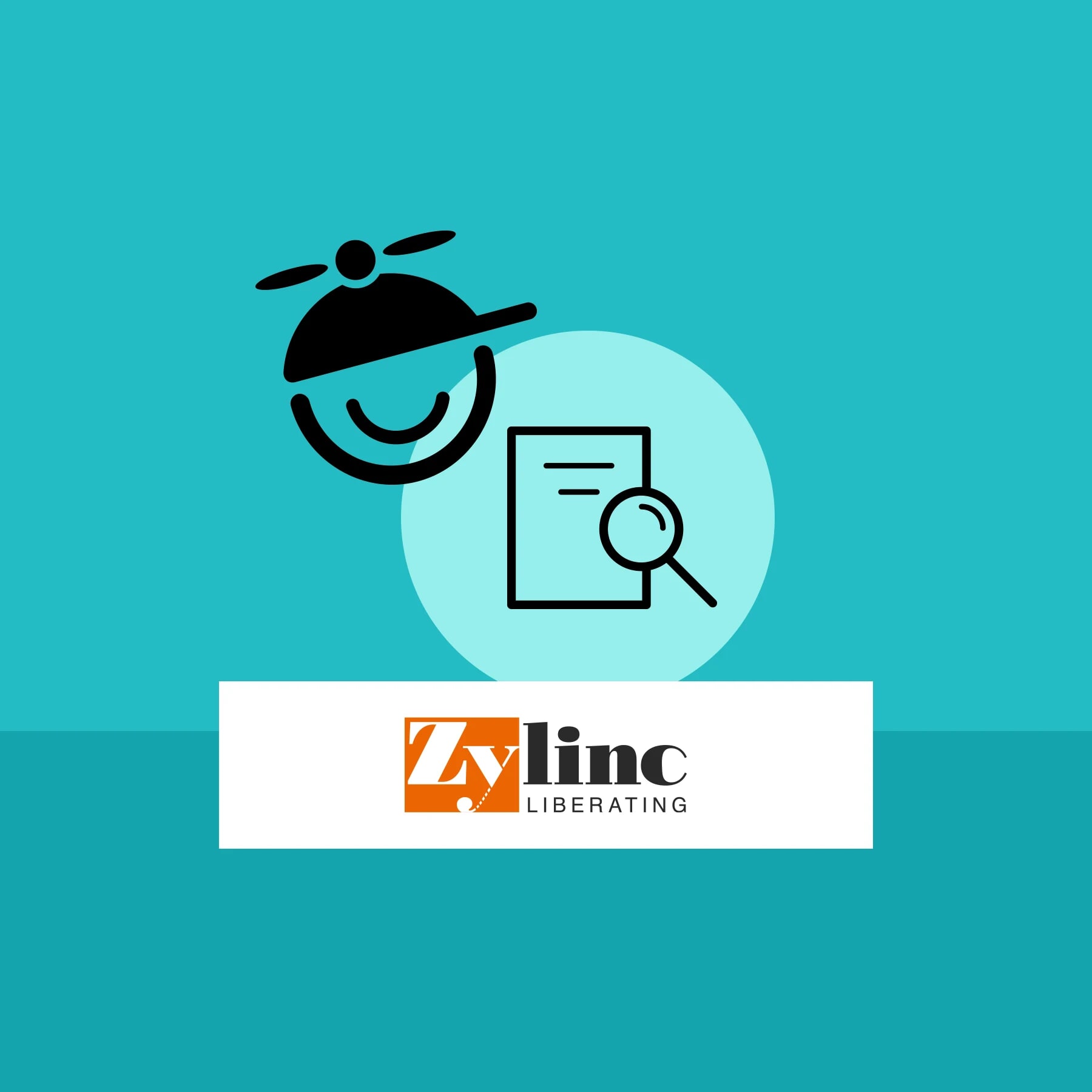I’ve always been interested in exploring new technology, and one of the things has fascinated me in recent years is the concept of solar power. I’d love to implement a series of solar panels on the roof of my house, but one of my fears is that if technology that we are using today becomes obsolete in 5 years, then what? This is a common issue in today’s ever changing world of technology. You can buy the latest and greatest gadget today but something better, and cheaper, and smaller will inevitably become available. Eventually you just need to “go with it” and trust that you will be able to upgrade at a later time.
In the world of the internet, the introduction of the latest “language of the web”, HTML5 and CSS3, has created a true revolution in how we look at the design and development of websites and web applications. As a result, the concept of responsive website design has really taken off and the development of HTML5 and CSS3 frameworks such as Bootstrap are currently powering millions of websites and counting. This new technology definitely appears to be here to stay.
Responsive website design refers to websites that “respond” to the size of the screen and type of device. In the past, it was common for web developers to create two separate websites: one for computers and laptops and another for tablets and smart phones. Which site to display would then depend on detecting the type of device being used or the user having to opt for one or the other.
Today, with the introduction of a revolutionary new approach using the latest HTML5 and CSS3 technology, the concept of creating just one website that adheres to all screen sizes, browsers, computers, tablets and smart phones has been widely embraced. Now considered the standard, HTML5 and CSS3 are available and supported on all major browsers and operating systems.
The amazing after-effects of this new “HTML5 and CSS3/Responsive Website” era has crossed into a number of areas including the world of publishing. In 2005, MadCap Software emerged with the idea of building new publishing tools from the ground up to better utilize this new and emerging technology. Some of the popular publishing tools of the past were constantly trying to integrate these new components into their existing software, but creating something new and fresh from the ground up had many advantages.
Today, clients expect to be able to output their content in a number of different ways, not just print or online help. To be able to use one tool to develop and edit complex documentation and then output to the web or mobile device (in addition to the traditional print or online help) is essential.
MadCap Flare allows you to do just that. It is an advanced authoring tool that allows you to do all of the essentials that have become expected in content development such as creating templates, custom styles, single sourcing, and working with conditional text. It then allows you to define the types of outputs you require and also determine which content is relevant for each output. It can import and compile DITA content, but the schema used by Flare is XML native for use within the application. This allows users to implement elements like dynamic effects as well as much more advanced functionality within the editor.
5 Questions to Ask Before Migration
There are many considerations to examine first before making a commitment to MadCap Flare, and the following questions can help you determine if this could be right for you:
1. What is the Goal?
You first need to determine what you are trying to achieve. If your current tools are not satisfying your requirements, such as output to the web or mobile devices, then you may have compelling reasons for converting. However, if you will simply be converting over existing content and not really taking advantage of some of the advanced features of Flare, then you may want to evaluate further.
2. What needs to be done to prepare?
MadCap Flare is based on the concept of topic-based authoring, in which your content is broken down into small topics or “chunks”. Doing so allows you to be able to separate content nicely and then easily tag content for a variety of different outputs. It is important to be able to break your content down into topics.
Cleaning up your existing documentation and templates is another important consideration when undergoing a conversion. By eliminating unused tags and other elements, your conversion process can be simplified.
3. What outputs are required?
A key step is to determine what outputs are required, such as mapping out your outputs and correlating to a list of all of your existing documentation. For the initial conversion, you can just concentrate on the outputs that are essential today, but knowing what outputs are required in the future is important in how the templates and styles are developed.
4. Who will design the templates and styles for the output?
Designing the templates and styles in MadCap Flare is an extremely important task, and ideally assigned to those who have experience with stylesheet design and development. Experience with HTML5 and CSS3 quickly becomes a very useful asset when it designing your outputs and styles.
5. Who will do the conversion?
The actual conversion process is quite straightforward if you have answered and accounted for all of the previous questions. Assuming that you have properly prepared for your conversion, made sure that your documentation is “topic-based”, defined your outputs, and created your templates/styles that will be applied, the rest can be quite straightforward.
MadCap Flare has built-in features that allows you to easily import documentation from all of the major publishing tools, so that part is easy. It can be a bit tedious and time-consuming, but the trick is to document as you go and as new styles and issues come up, make sure that they are applied to all those involved in the conversion.
In our experience with MadCap Flare, it can be an extremely powerful tool that truly harnesses the power of today’s new technology, but it does come with a price. It can be overwhelming at first with endless features and comes with a bit of a learning curve, but if you go about it the right way, it is well worth it and can form a solid foundation for your future content.








